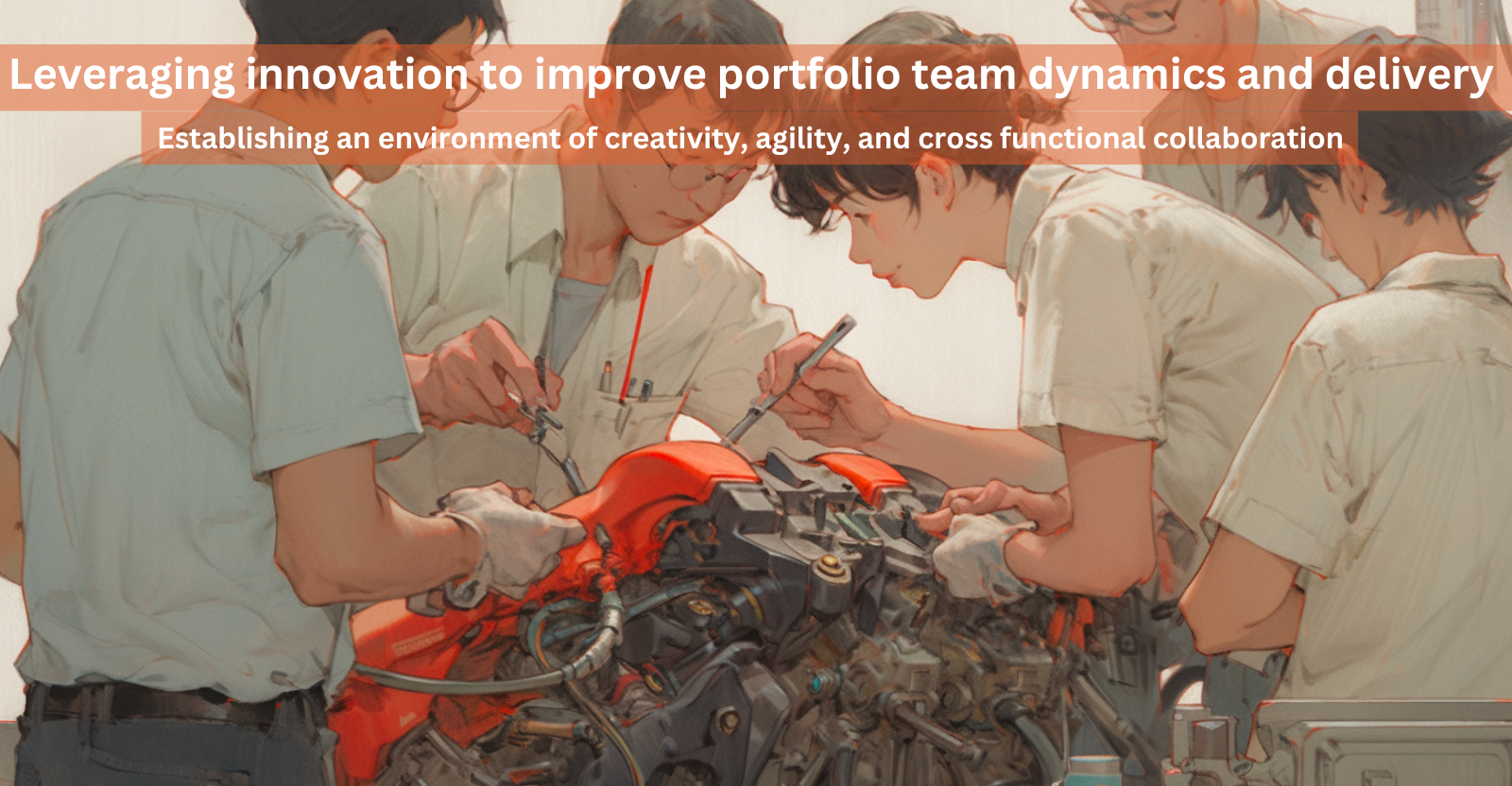Let’s talk about a challenge that’s turning heads in the world of clinical trials, especially in oncology. Imagine you’re at the starting blocks, ready to launch a phase 2 trial, but here’s the catch: finding and keeping trial participants is a whole different game in oncology. In fact, out of all the hopefuls screened for these trials, only about 14 percent make it through to enrollment and completion. That’s a stark contrast to the smoother sailing in non-oncology trials, where this figure jumps to an impressive 54 percent. This isn’t just a statistic; it’s a real puzzle for those of us leading the charge in clinical operations. It begs the question: What makes oncology trials so challenging, and how does it differ from the rest? In this post, we’re diving into these questions, unraveling the complexities behind these numbers, and exploring what they mean for the future of trial planning and strategy

Mastering the Maze: The Unique Challenges of Participant Enrollment in Oncology Trials
When we zoom in on oncology trials, the picture gets more intricate. Here’s the deal: cancer is a tough opponent, and this reflects in the way oncology trials are run. These trials often have very specific and strict eligibility criteria. We’re talking about targeting particular cancer stages, genetic markers, or even previous treatment histories. This precision narrows down the pool of potential participants significantly. Now, put yourself in the shoes of a clinical operations leader. You’re navigating this tightrope, balancing the need for precise data with the reality of limited eligible participants. It’s not just about the science; it’s about understanding patients’ journeys, their hopes and fears. So, how do we keep patients engaged and enrolled? It’s about getting creative – maybe it’s employing more patient-centric approaches or exploring new ways to simplify and demystify the trial process for them. This challenge is not just about numbers; it’s about adapting to the unique demands of oncology trials and making them as patient-friendly as possible

Navigating Smoother Waters: Understanding the Higher Enrollment in Non-Oncology Trials
In non-oncology trials, we’re treading on comparatively smoother terrain. Think of it this way: the criteria for enrolling participants aren’t as tight as in oncology. This openness brings in a wider pool of potential participants, making it easier to hit enrollment targets. But there’s more to it than just the numbers. For a clinical operations leader, this scenario is less about battling scarcity and more about strategic differentiation. You’re in a crowded market, possibly with several trials vying for attention in the same therapeutic area. The trick lies in standing out. Maybe it’s about honing in on a niche, or perhaps it’s about innovating the trial design – think integrating real-world data or enhancing patient engagement strategies. The goal here is not just filling slots but also ensuring meaningful, impactful research. It’s a different set of challenges, sure, but it’s all about clever maneuvering and smart strategy to make your non-oncology trial not just a success in numbers, but in making a real difference

The Global Chessboard: Tailoring Clinical Operations to Diverse Market Dynamics
Let’s take a step back and look at the bigger picture on a global scale. The way we approach clinical trials is like playing a sophisticated game of chess. Each region presents its own unique set of challenges and opportunities, influenced by disease prevalence, healthcare infrastructure, and cultural nuances. Imagine you’re a clinical operations leader strategizing for a global trial. In one part of the world, you might face an abundance of eligible participants, while in another, awareness and recruitment could be your biggest hurdles. It’s all about being nimble and adaptable, aligning your strategy with local needs. This might mean ramping up educational campaigns in one region, while focusing on advanced site logistics in another. It’s not just about managing resources efficiently; it’s about cultural intelligence and crafting a tailored approach that resonates with each unique market. Successfully navigating this complex global landscape is crucial, not just for trial success, but for truly understanding and meeting the diverse needs of patients worldwide
On one side, we have oncology trials, pushing the boundaries with their stringent criteria and deeply personal patient journeys, demanding innovation and empathy in equal measure. On the other, non-oncology trials present a different puzzle, one of strategic differentiation in a crowded field and making impactful research count. Then, when we broaden our view to the global stage, we see a tapestry of varying challenges and opportunities, each region calling for a bespoke approach. For clinical operations leaders, these insights aren’t just interesting anecdotes; they’re crucial navigational tools. They guide us in making informed decisions, in crafting strategies that are not only effective but also sensitive to the diverse needs we encounter. This journey through the nuances of clinical trials reminds us that our work is about more than just numbers and data – it’s about understanding and responding to the human element in every aspect of our trials. As we look ahead, let’s carry these insights forward, using them to shape a more responsive, patient-centered, and innovative future in the ever-evolving landscape of clinical trials.









